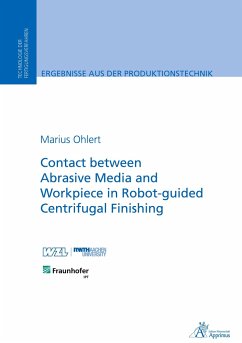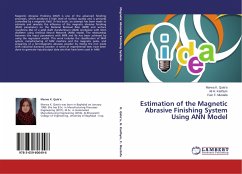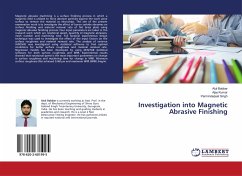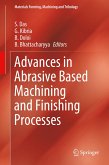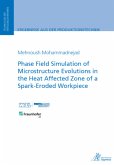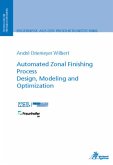Robot-guided centrifugal finishing is a new manufacturing technology that is suitable for machining complex surfaces and geometries, such as engine blades. Compared with other established mass finishing processes, robot-guided centrifugal finishing has a significantly shorter process time. In addition, robot-guided centrifugal finishing is considered to have great potential for introducing residual compressive stresses close to the surface of the workpiece. This means that conventional processes such as shot peening, which are also used to induce residual compressive stresses close to the surface, can be substituted. The disadvantage, however, is the time- and cost-intensive process design. This is due to the fact that the contact between abrasive media and the workpiece, has not been sufficiently scientifically researched. Thus, a knowledge-based process design is not possible.The subject of this dissertation is the explanation of the surface integrity as a function of the process state variables between abrasive media and the workpiece during robot-guided centrifugal finishing. The approach is divided into three main steps. In the first main step, the contact between abrasive media and the workpiece was investigated. For this purpose, empirical investigations of the contact between abrasive media and the workpiece in robot-guided centrifugal finishing were carried out. In addition, the contact process between abrasive media and the workpiece was analyzed using the discrete element method. The second main step served to investigate friction and material removal mechanisms. First, empirical friction tests were carried out using a developed tribometer. Subsequently, empirical investigations of the material removal mechanisms in robot-guided centrifugal finishing were carried out. Within the third main step, the resulting surface integrity was investigated. For this purpose, empirical investigations of robot-guided centrifugal finishing were carried out with workpieces that had been pre-machined by different manufacturing technologies. Finally, the findings were combined in an explanatory model, which was developed on the basis of the cause-and-effect relationships between the process input variables and the contact parameters and of the cause-and-effect relationships between the process state variables and the process result variables.

